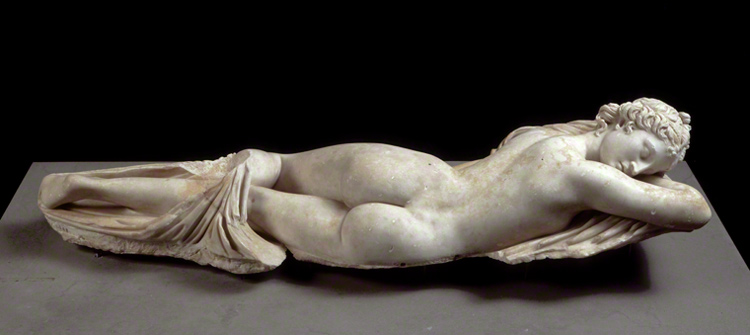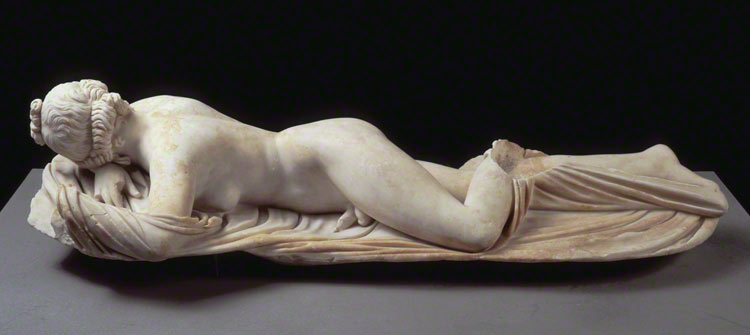At the beginning of this month the island nation of
Malta passed the world’s most progressive piece of legislation governing gender
identity. Malta’s Gender Identity, Gender Expression and Sex Characteristics
Act (GIGESC) allows people to change their gender identity on official
documents without the need to provide proof of any ‘psychiatric,psychological or medical treatment to make use of the right to gender identity’.
This makes it possible to legally change one’s gender within 30 days without needing any sort of medical intervention.
However, the part of the bill that has gained the most attention is the section that protects the ‘right to bodily integrity and physical
autonomy’ for intersex individuals, banning sex assignment surgeries until the person
in question can give informed consent. The term intersex describes people who are born with
both male and female sexual characteristics. It is estimated that intersex babies
account for almost 2 inevery 100 births each year. Despite this, in many countries, including the
UK, parents have to list the sex of the child as either maleor female on the birth certificate.
 |
| Anne Fausto-Sterling, Sexing the Body (2000), pg. 59. |
From the middle of the 20th century onwards it
became popular to ‘fix’ intersex infants by performing various ‘normalising’
surgeries on them. These surgeries frequently destroyedor severely impeded sexual function in later life in favour of making sure
that the child in question could pass as male or female. Children born genetically
male, but with what doctors considered insufficiently large penises, had feminisingsurgeries performed on them and were raised as girls. Those born genetically
female, but whose genitals seemed too masculine, were subjected to clitoridectomies.
Malta’s GIGESC is the first law to make
these practices illegal.
The GIGESC recognises that the birth of a child with
genitals that are not clearly male or female does not constitute a medical
emergency. Rather, the emergency is cultural. What will the parents say to
relatives who ask whether the baby is a boy or a girl? Will the child be able
to get changed in front of other children without them asking questions? Will a
boy be able to peestanding up?
The great thing about culture, though, is that we can change
it! Laws like the GIGESC play a crucial role in doing this. But we can also
call our own culture’s prejudices into question by comparing the way we treat
intersex people with other ways of dealing with this experience.
 |
| Roman marble statue, 20 B.C.-A.D. 40. Museum of Fine Arts, Boston. |
During the Roman Republic intersex births were seen as
portents of divine disfavour and these children were killed. On the other hand,
many Greek authors insisted that true intersex did not exist; those who
appeared to be hermaphrodites were in fact only men or women who were suffering
from an illness. Greek doctors developed surgeries, resembling
those still performed on intersex infants in our time, which
masculinized or feminized the genitals to reveal what they considered to be the
true sex of these individuals.
Although it is very difficult to trace intersex histories, we do get some glimpses of the options available to intersex people in the ancient
world. Historians tell stories of people like Herais, a woman who—as a
married adult—developed a tumour that, on closer inspection, was revealed to
enclose male genitals. Herais appeared in court, pleading that she was in fact
a man. The court agreed and called in the surgeons who performed an operation
on her. Herais was then given the legal status of a man, changed their name, and
joined the army.
 |
| Hermaphroditus and Salmacis by Jan Gossaert. Early 16th century. Museum Boijmans Van Beuningen, Rotterdam |
The ancient history of intersex was often violent. In order to survive, intersex people were required to pass as
members of the male or female sex. However, in art and myth they were allowed
to occupy a more ambiguous space. Poets and artists show that we do not always
need to answer the question ‘is it a boy or a girl’.
According to the poet Ovid,
Hermaphroditus (from whom we get the English word hermaphrodite) was the child
of Hermes and Aphrodite. While bathing one day in a woodland pool, he was
spotted by the nymph Salmacis who was overcome with love for him. When
Hermaphroditus rejected her, she jumped into the pool after him, wrapping
herself tightly around him. While he tried to free himself, Salmacis prayed to
the gods that they should never be separated. The gods granted her prayer and
joined Hermaphroditus and Salmacis together in one body, neither male nor
female, but both male and female.
In the art that decorated the homes of wealthy Romans, hermaphrodites were often shown as sexually powerful and alluring. The force of these
images lies in the way that they disrupt the gaze of the admiring viewer and
refuse to declare themselves as male or female. The figure of the sleeping
hermaphrodite was very popular in Roman art, and many copies of the statue below
survive from the ancient world. At first the viewer sees only what appears to
be a sleeping woman.
 |
| Rear view of the sleeping hermaphrodite, circa 2nd century A.D. Museo Nazionale Romano, Rome. |
However, when the viewer moves in for a closer look and
circles the sleeping figure, it reveals that it is not simply a sleeping woman. The figure has male genitals, its hair suddenly looks shorter, and yet it still has
breasts. The viewer’s expectations are overturned and she is left uncertain as
to whether she has been admiring a statue of a man or a woman, but the statue makes deciding this impossible.
 |
| Front view of the sleeping hermaphrodite. |
Modern medicine and law share the Greco-Roman
urge to divide bodies neatly into male and female, no matter the harm that this
causes. But ancient artists can show us different ways of understanding this. The sculptor of the sleeping
hermaphrodite teaches us how to inhabit an indeterminate, ambiguous space between
male and female. Laws like the GIGESC will hopefully mean that we
all become more comfortable here.
No comments:
Post a Comment